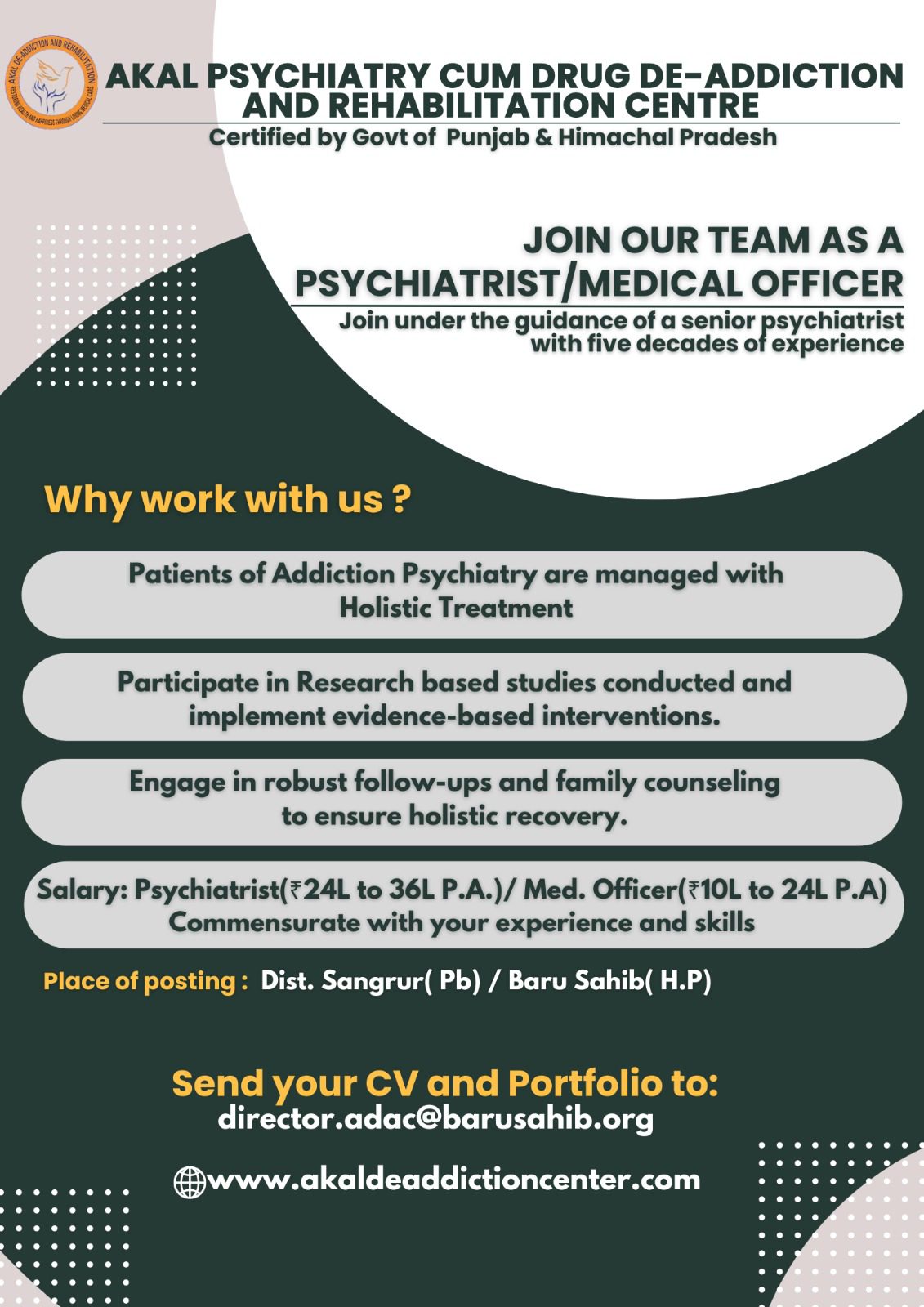
Introduction
In the age of smartphones, social media, and constant connectivity, the concept of addiction has expanded beyond substances like drugs and alcohol to encompass digital addiction. As a psychiatrist, I have witnessed the rising tide of digital addiction, which can wreak havoc on mental health and well-being. In this blog, I will shed light on digital addiction from a psychiatric perspective, exploring its causes, consequences, and strategies for prevention and treatment.
Defining Digital Addiction
Digital addiction, sometimes referred to as internet addiction or technology addiction, is a behavioural addiction characterized by excessive and compulsive use of digital devices, the internet, and online services. While it doesn’t involve substances, it shares commonalities with traditional addictions, such as withdrawal symptoms, tolerance, and impaired control over usage.
Causes and Risk Factors
1. Escapism: Many individuals turn to the digital world as a means of escaping the challenges and stressors of their real lives. The instant gratification and distractions offered by digital devices can be highly appealing.
2. Dopamine Release: Social media, gaming, and other online platforms are designed to trigger the release of dopamine in the brain, creating a pleasurable sensation. Over time, this reinforcement can lead to addictive behaviours.
3. FOMO (Fear of Missing Out): The fear of missing out on social events, news, or updates drives individuals to stay connected constantly. This fear can lead to an obsession with checking notifications and feeds.
4. Other factors: Feeling lonely isolated, lack of social and family support, work related stress, & low esteem.
5. Accessibility: Digital devices are now an integral part of our daily lives, making it easy for people to fall into a routine of constant usage.
Consequences of Digital Addiction
1. Mental Health Impacts: Digital addiction has been linked to anxiety, depression, and low self-esteem. The constant comparison to others on social media can fuel feelings of inadequacy and loneliness.
2. Physical Health Problems: Prolonged screen time can result in physical health issues such as eye strain, disrupted sleep patterns, and musculoskeletal problems.
3. Impaired Social Relationships: Excessive digital device use can hinder face-to-face social interactions, leading to strained relationships and isolation.
4. Decreased Productivity: The constant need to check emails, social media, or apps can lead to decreased productivity and work-related stress.
5. Constant preoccupation with internet, neglecting work/ school or house hold as maximum time is spent in pursuit of social media.
6. Financial Consequences: In-app purchases, online gambling, and subscription services can strain one’s finances, leading to financial difficulties.
Prevention and Treatment
Preventing and addressing digital addiction is essential for maintaining a healthy balance between the virtual and real worlds. Here are some strategies:
1. Digital Detox: Periodically disconnect from digital devices and engage in offline activities. Start with short breaks and gradually extend them.
2. Set Boundaries: Establish clear rules for device usage, both for yourself and for family members. Limit screen time, especially during meals and before bedtime.
3. Seek Professional Help: If digital addiction is interfering with your daily life, consider seeking help from a mental health professional, such as a psychiatrist or therapist.
4. Mindfulness and Stress Management: Learn stress management techniques and mindfulness to help cope with anxiety and other emotional challenges that may lead to digital addiction.
5. Support Groups: Joining support groups or online communities that focus on digital addiction can provide valuable insights and encouragement.
Conclusion
Digital addiction is a growing concern in today’s hyper-connected world. As a psychiatrist, I urge individuals to be mindful of their digital habits and the impact they have on their mental and emotional well-being. Recognizing the signs of digital addiction and taking proactive steps to manage it can lead to a healthier, more balanced life. By striking a balance between the digital and real worlds, we can mitigate the negative consequences of digital addiction and promote overall mental health and well-being.

